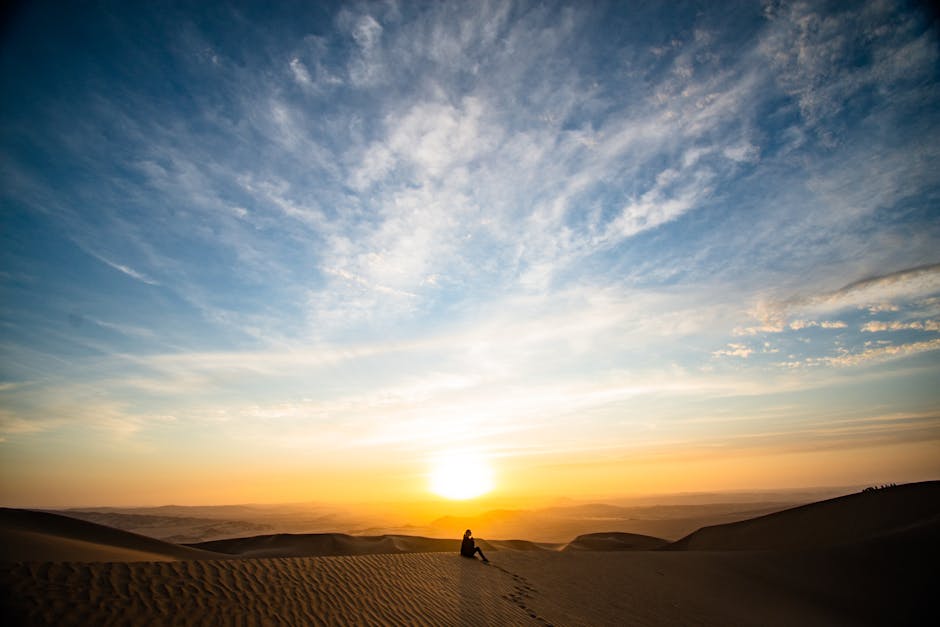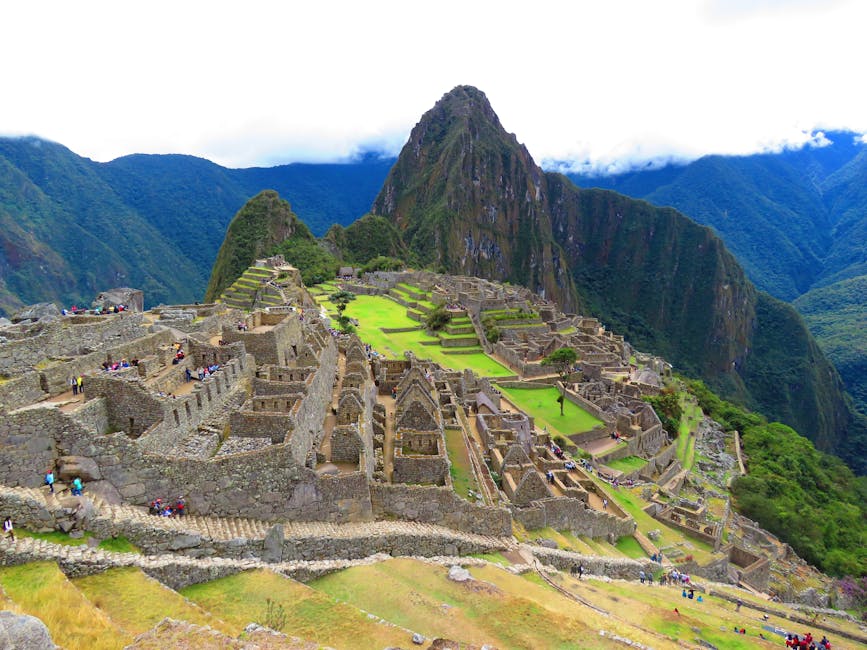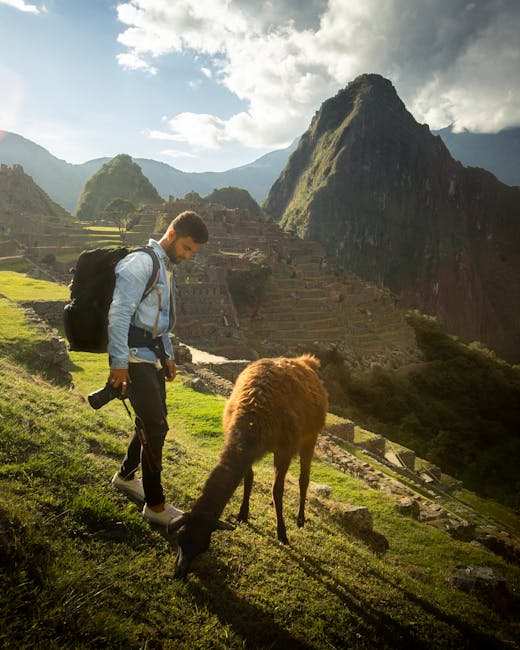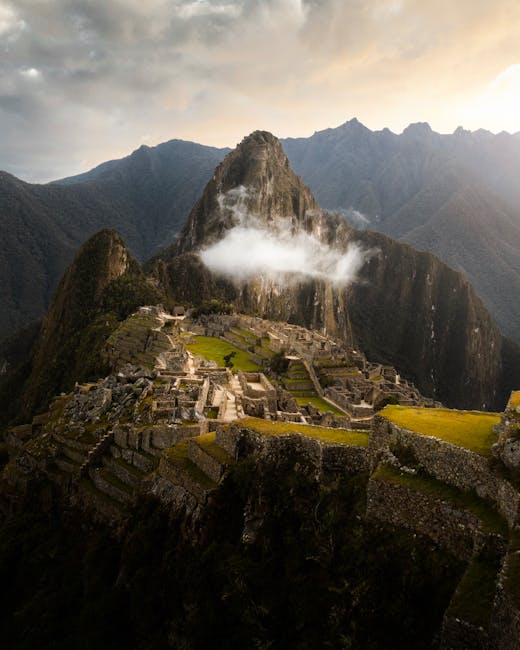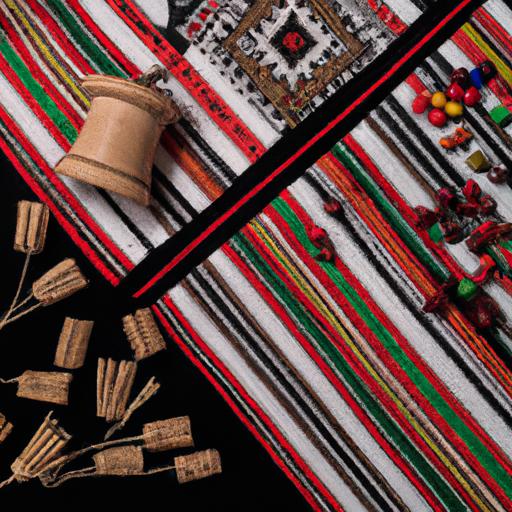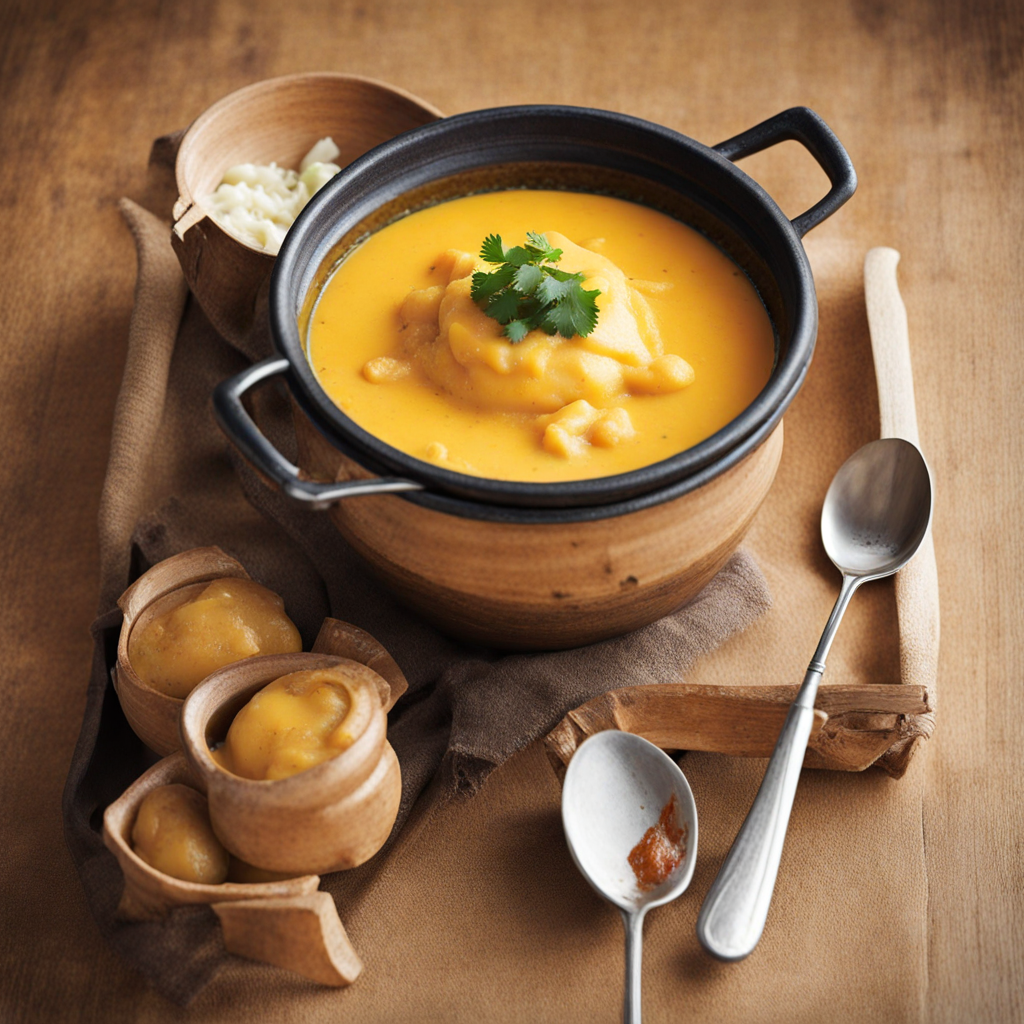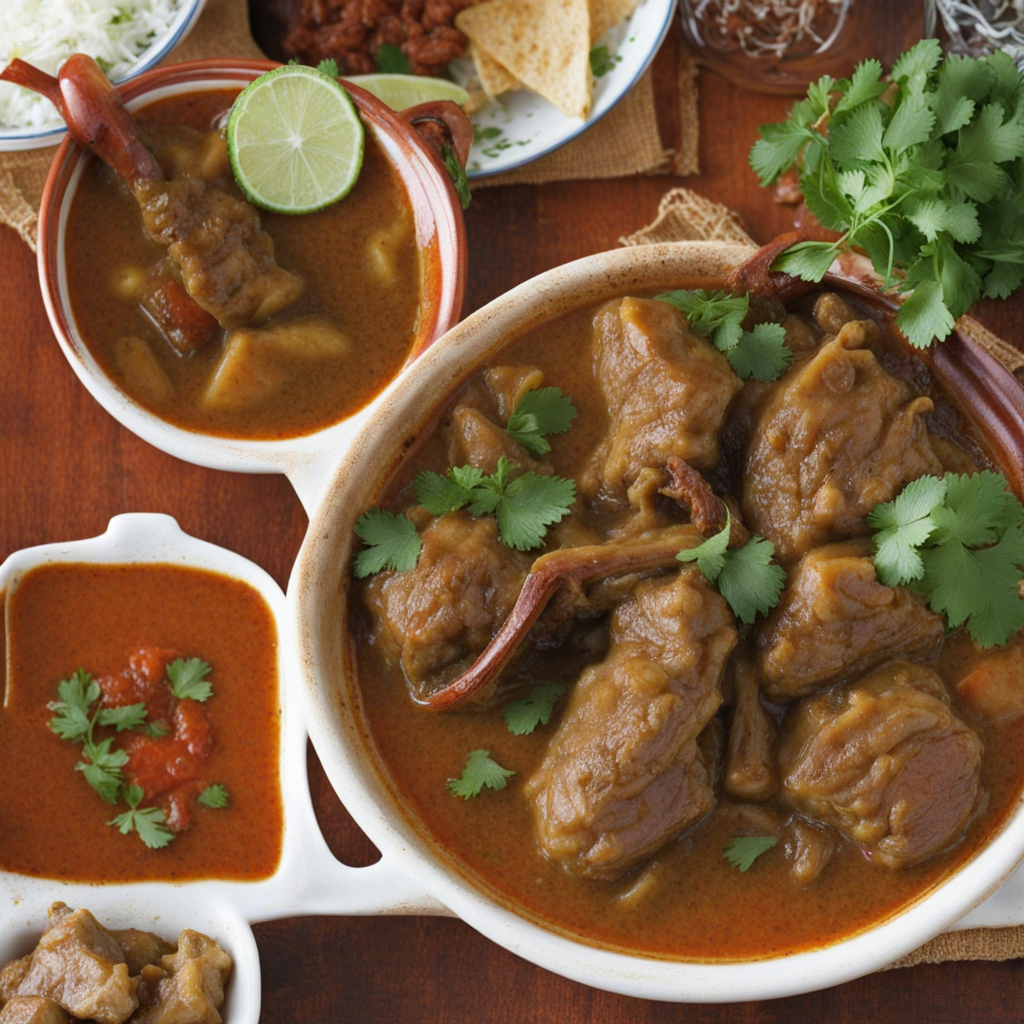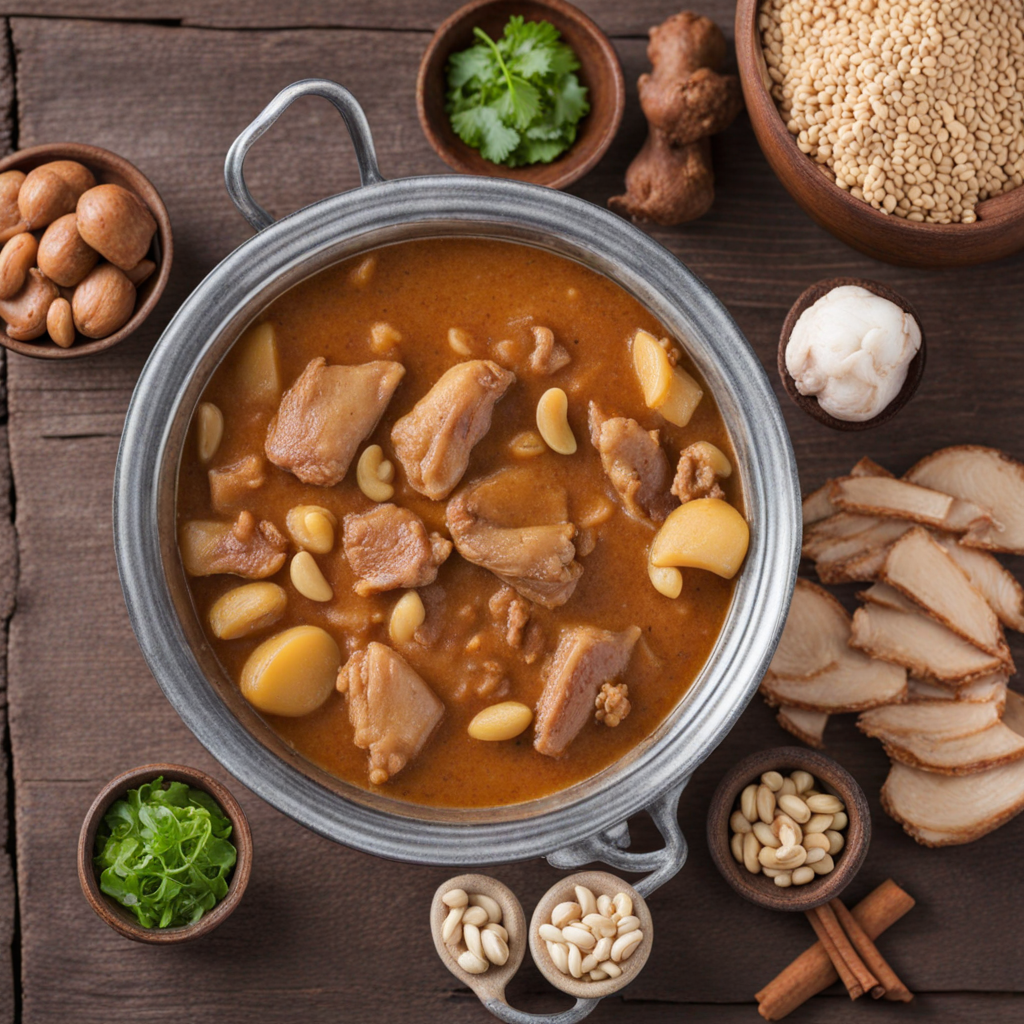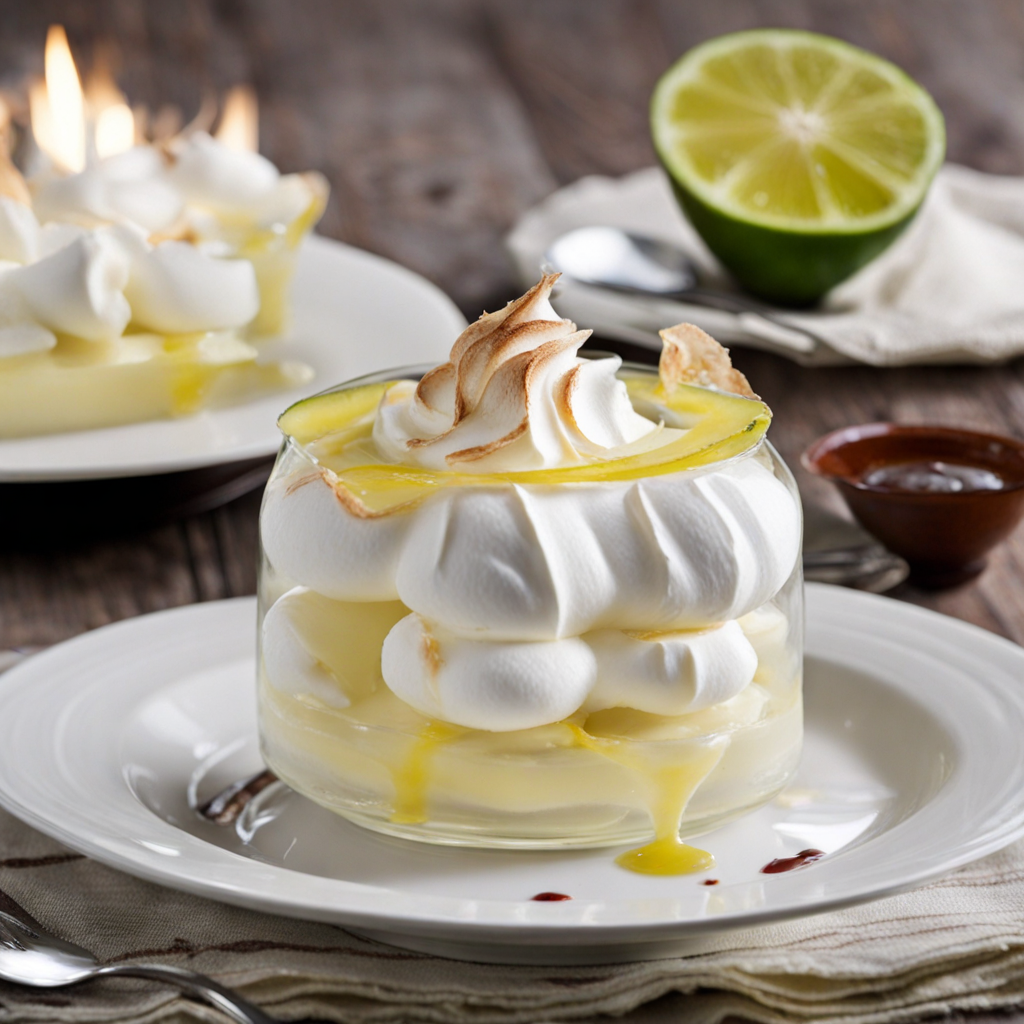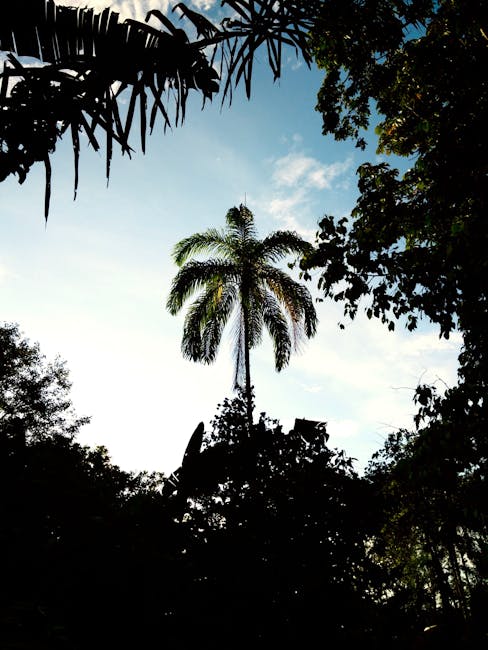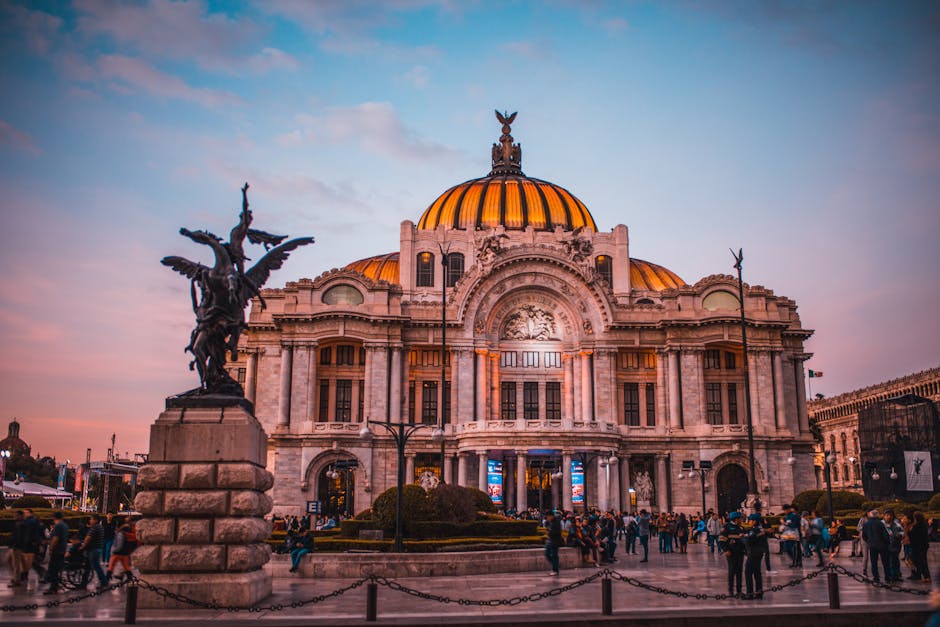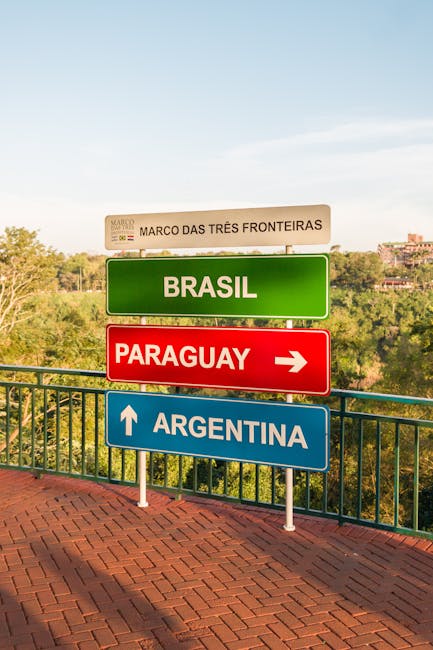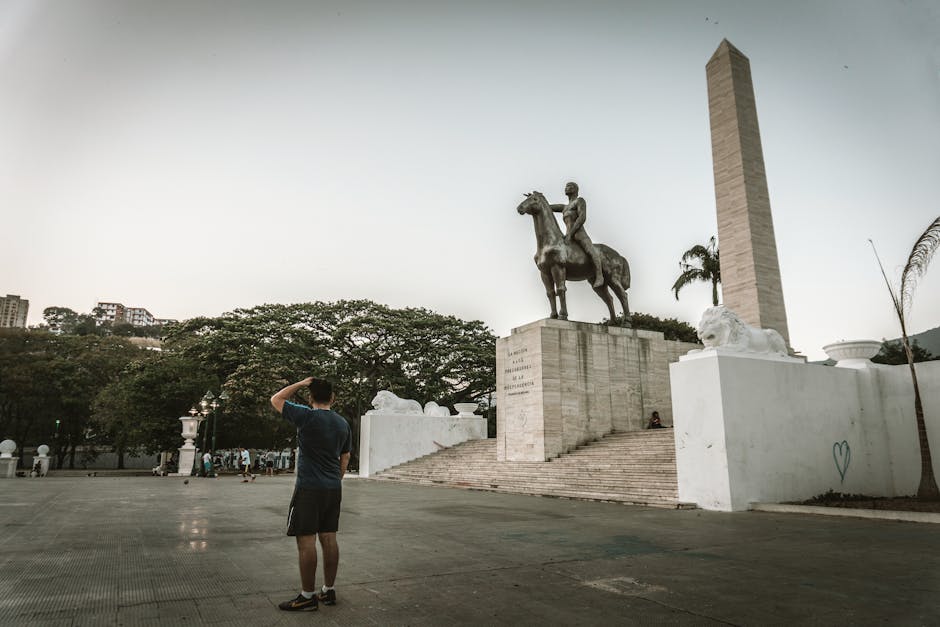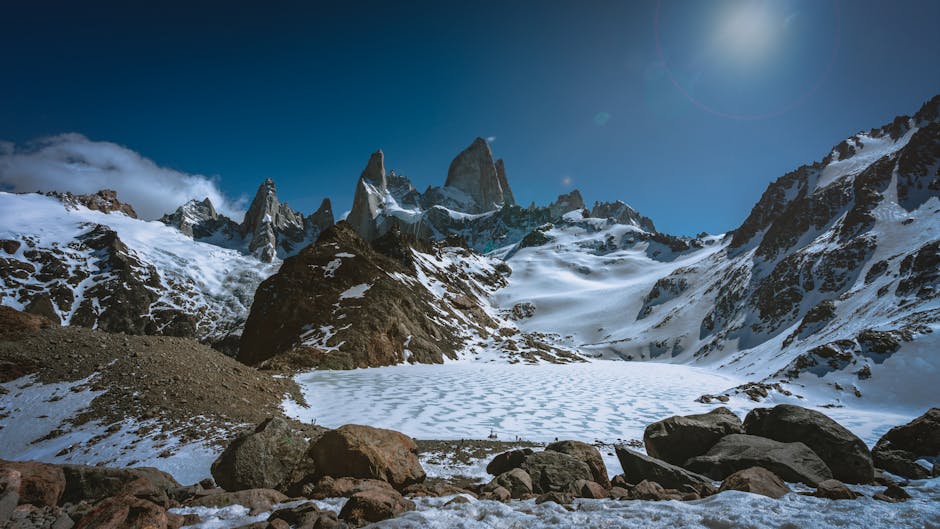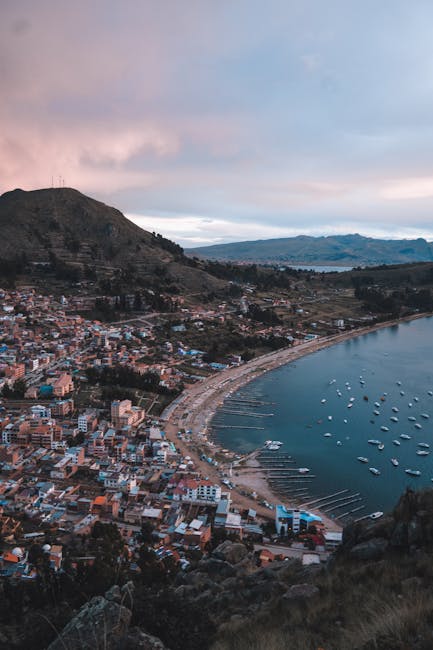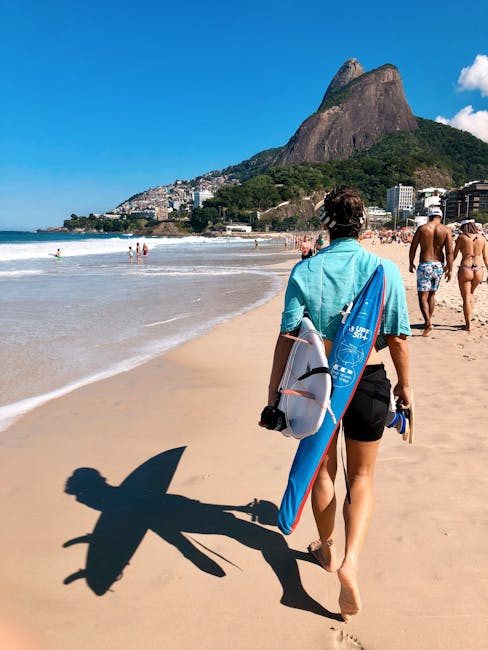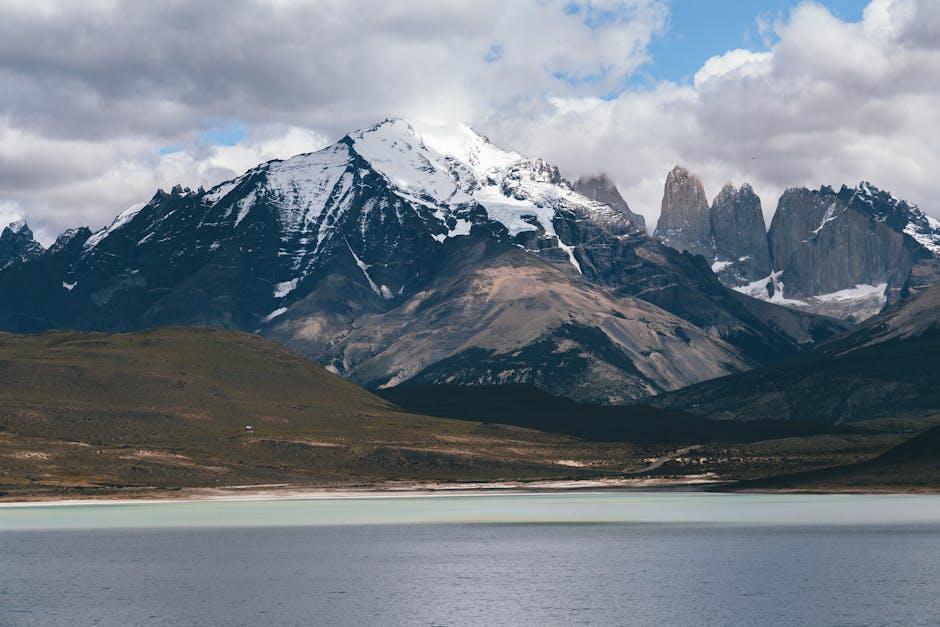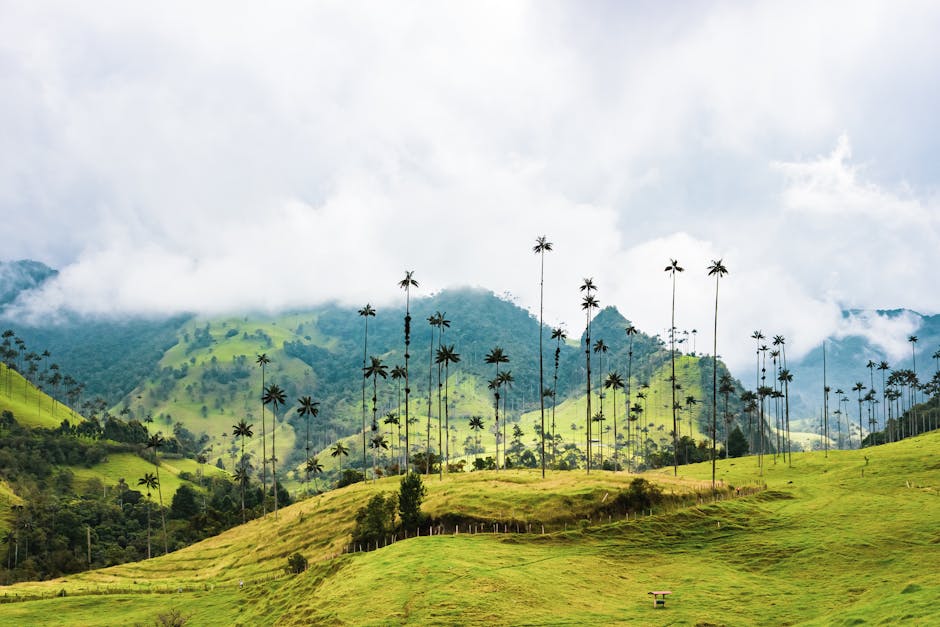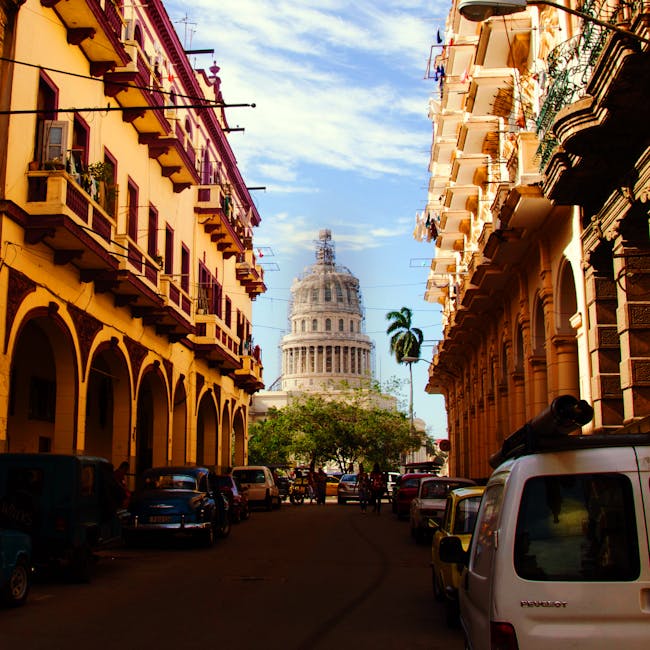Peru
Overview
Peru: A Jewel of South America
Peru, a jewel nestled in South America, is a treasure trove of culture, history, and stunning natural beauty. It's home to a rich tapestry of ancient civilizations, most notably the Incan Empire, with their remnants like the world-renowned Machu Picchu offering a glimpse into its glorious past. Peru's vibrant culture is a melting pot of indigenous and Spanish influences, with its unique music, dances, and gastronomy, particularly the world-famous Peruvian ceviche, making it a truly unique destination. Its diverse geography, ranging from the Amazon rainforest to the Andean peaks, and coastal areas, offers a plethora of breathtaking sights and experiences.
Best Time to Visit
The peak tourist season in Peru runs from June to August, which coincides with the dry season. This is an ideal time for sightseeing and outdoor activities as the weather is pleasant and rainfall is minimal. Exploring the ancient Incan city of Machu Picchu, hiking in the Andes, surfing on the northern beaches, and navigating the Amazon River are some of the must-do activities. Additionally, Peru's rich biodiversity makes it a haven for wildlife enthusiasts, and birdwatchers can spot a myriad of species in the Manu National Park. It's also a time when vibrant festivals like Inti Raymi, the Incan Festival of the Sun, take place.
Preparation for Your Trip
Before visiting Peru, it's important to prepare adequately. As a teenager, you would need a valid passport, and depending on your country of origin, a tourist visa might be required. Make sure to check with the Peruvian embassy or consulate in your home country well in advance. Vaccinations for Yellow Fever and Typhoid are recommended for certain areas, especially if you plan to visit the Amazon Rainforest. Remember to pack appropriate clothing for diverse climates, including warm clothing for Andean regions and lighter clothing for coastal and jungle areas. Moreover, learning a few basic phrases in Spanish, the official language, will help you navigate better. Lastly, travel insurance is highly recommended to cover any unforeseen situations.
A Glimpse into the Past
Peru, a country rich in history and culture, offers travelers a unique blend of ancient civilizations, colonial heritage, and vibrant modernity. Its history can be traced back thousands of years, with the most notable ancient civilization being the Inca Empire. This empire, which flourished from the early 15th century until the Spanish conquest in the 16th century, is renowned for its sophisticated agricultural practices, impressive architecture, and extensive road networks.
The capital of the Inca Empire, Cusco, is a must-visit destination for any traveler. Once the heart of the empire, Cusco is now a UNESCO World Heritage site, blending Inca and colonial Spanish architecture. The Qorikancha, or Temple of the Sun, was once the most important temple in the Inca religion, showcasing incredible stonework that still captivates visitors today. The nearby Sacsayhuamán fortress, with its massive stone walls, is a testament to the engineering prowess of the Incas and offers stunning views of the city.
Travelers seeking to experience the Inca Trail will find that it leads to the iconic Machu Picchu, one of the most significant archaeological sites in the world. This ancient citadel, perched high in the Andes Mountains, was rediscovered by American historian Hiram Bingham in 1911 and has since become a symbol of Peru. Visitors can hike the trail or take a train to experience its breathtaking scenery, mystical atmosphere, and intricate stone structures, such as the Temple of the Sun and the Intihuatana stone, believed to be a ritual stone associated with astronomy.
Following the fall of the Inca Empire in the 16th century, the Spanish arrived and established colonial rule. Lima, founded by Spanish conquistador Francisco Pizarro in 1535, became the capital of the Viceroyalty of Peru. The city is characterized by its stunning colonial architecture, particularly in the Plaza Mayor. This square is surrounded by remarkable buildings, including the Government Palace, the Cathedral of Lima, and the Archbishop’s Palace. Travelers can wander the historic streets, where the influence of Spanish culture is evident in the local cuisine, language, and traditions.
The Cathedral of Lima, built on the site of an Inca palace, showcases a fusion of Islamic and Spanish baroque architecture. Inside, visitors can find ornate altars and the tomb of Francisco Pizarro. Another notable religious site is the Monastery of San Francisco, famous for its catacombs and stunning library, which houses ancient texts.
Despite the colonial imposition, indigenous culture persisted, leading to a rich tapestry of traditions that travelers can experience today. Festivals, such as Inti Raymi, the Inca Festival of the Sun, draw visitors from around the world. Held in June in Cusco, it features colorful processions, traditional music, and reenactments of ancient rituals, allowing attendees to engage deeply with Peru's cultural heritage.
The 19th century marked a significant period of change for Peru, characterized by struggles for independence from Spanish rule. In 1821, José de la Riva-Agüero declared independence, but it took several years of conflict before Peru was fully liberated. The legacy of this struggle can be seen in various monuments, such as the Monument to the Heroes of the Independence located in Lima.
Travelers interested in Peru's natural beauty should not miss the picturesque Sacred Valley. This region, nestled between Cusco and Machu Picchu, is home to traditional villages, terraced agricultural lands, and vibrant markets. The town of Ollantaytambo boasts impressive Inca ruins and serves as a gateway to the train to Machu Picchu. The Sacred Valley offers numerous opportunities for hiking, exploring, and engaging with local artisans.
Peru's natural wonders extend beyond the Andes. The Amazon Rainforest, which covers a large portion of the country, is a biodiversity hotspot. Travelers can explore the Tambopata National Reserve or the Manu National Park, both of which offer guided tours to experience the rich flora and fauna, indigenous communities, and eco-lodges that showcase sustainable tourism.
In the 20th century, Peru faced political and social turmoil, including periods of military rule and internal conflict, most notably with the Shining Path insurgency. However, the country has made strides towards stability and economic growth since the 1990s, transforming into a popular tourist destination.
Modern-day Peru is a vibrant blend of cultures, with influences from its indigenous roots and colonial past. The culinary scene is a significant aspect of contemporary Peruvian identity, with Lima considered a gastronomic capital. Travelers can indulge in traditional dishes such as ceviche, a refreshing dish of raw fish marinated in citrus juices, as well as lomo saltado, a stir-fry that reflects the fusion of Chinese and Peruvian flavors. Renowned restaurants, like Central and Maido, showcase innovative takes on traditional ingredients and techniques.
The coastal city of Arequipa, known as the "White City" due to its volcanic sillar stone architecture, offers stunning colonial buildings and is the gateway to the Colca Canyon, one of the deepest canyons in the world. Here, visitors can witness the majestic Andean condors soaring overhead and interact with local communities.
For those interested in Peru's rich history, Nazca is home to the famous Nazca Lines, enormous geoglyphs etched into the desert floor. These ancient designs remain a mystery and can be best appreciated from the air, with flights available for adventurous travelers.
As travelers explore Peru, they will find that its history is not just confined to ancient ruins or colonial buildings; it is alive in vibrant traditions, spirited festivals, and the warmth of its people. The fusion of past and present offers a unique experience, making Peru a destination that resonates with history enthusiasts and adventure seekers alike.
Whether you are trekking through the Andes, savoring the culinary delights of Lima, or exploring the lush Amazon, Peru promises an unforgettable journey through time and culture. The nation's history is a tapestry woven with stories of resilience, creativity, and a profound connection to the land, ensuring that every traveler leaves with a deeper understanding and appreciation of this remarkable country.
Top cities for tourists in Peru
Discover the Famous Cities That Might Captivate Your Interests
Must-Try Foods You Can't Afford to Miss
Indulge in a Variety of Fantastic Foods During Your Stay in Peru
May Be Your Next Destinations
People often choose these countries as their next destination


